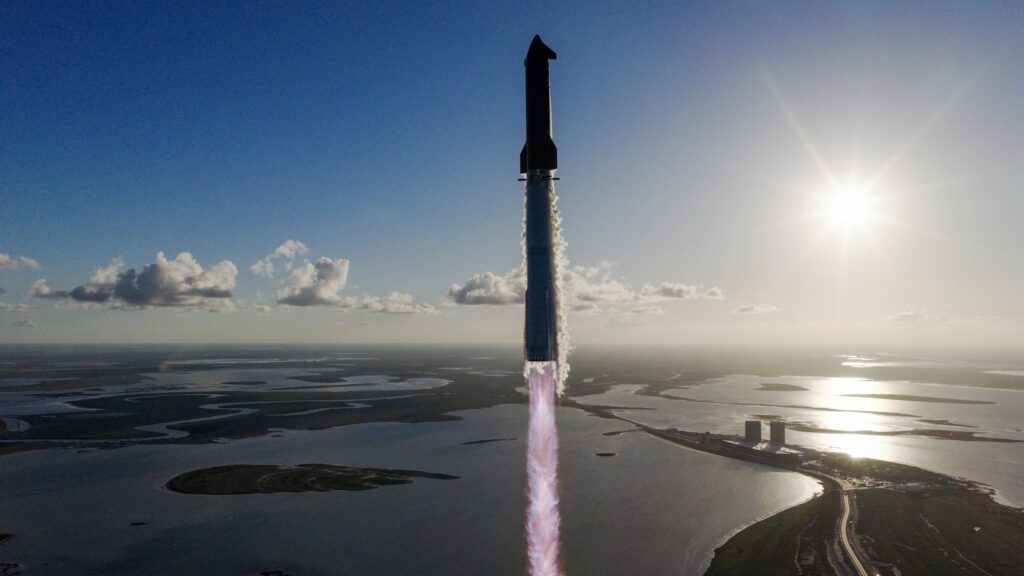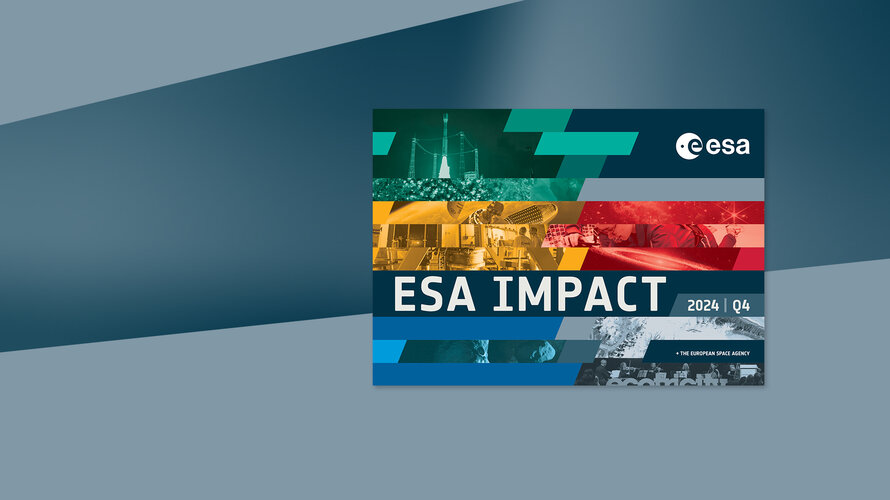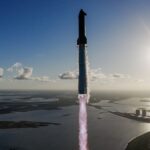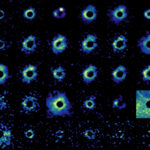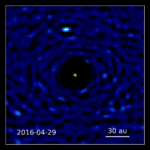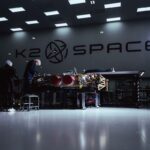Now Reading: Could that be Santa’s sleigh? Early risers can spot the ISS from the UK this Christmas
-
01
Could that be Santa’s sleigh? Early risers can spot the ISS from the UK this Christmas
Could that be Santa’s sleigh? Early risers can spot the ISS from the UK this Christmas
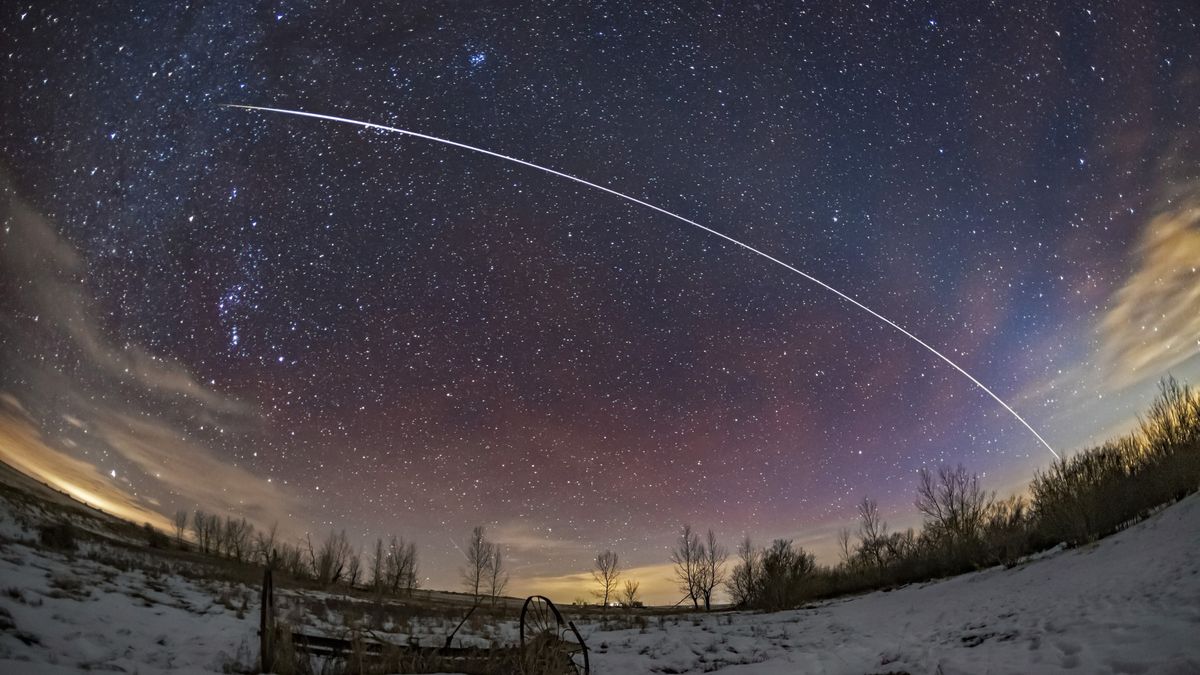

Is that Santa’s sleigh pulled by a magical herd of reindeer?
A bright streak of light in the pre-dawn skies above the U.K. tomorrow morning (Dec. 24) could easily be mistaken for Santa Claus getting an early start to his Christmas deliveries — but the glowing trail of light actually belongs to the International Space Station (ISS) making one of its routine laps of Earth. The ISS will also be visible early on Christmas morning, coinciding with Santa’s journey back to the North Pole.
Weather permitting, the space station will be visible under clear skies for about six minutes, starting at 6:54 a.m. GMT. It will appear 16° above the western horizon, and travel across the sky at a maximum height of 82° above the horizon before disappearing 10° above the eastern horizon, which should make it visible in many parts of the UK, according to NASA’s Spot the Station page. The ISS will be visible again on Dec. 25, at 6:06 a.m. GMT, for about four minutes. It will follow a similar trajectory as the previous day, appearing 57° above the western horizon, and traveling across the sky at a maximum height of 89° above the horizon before disappearing 10° above the eastern horizon.
Related stories:
Related: 10 Christmas space facts to get you into the festive spirit
The ISS is visible to the naked eye as it orbits the Earth at around 250 miles (400 kilometers). It travels at a speed of about 17,500 miles per hour (28,000 kilometers per hour) so that as it passes overhead, it often appears as a bright moving star, unmistakable against the backdrop of the early morning sky. And, coinciding with the holiday, the space station could easily double as Santa’s sleigh to innocent eyes.
To see the space station pass overhead, it’s recommended that viewers find a clear, unobstructed spot with as little light pollution as possible. A telescope or binoculars are not necessary, as the ISS will be visible as a bright light moving steadily across the sky to the naked eye. In fact, the space station is typically the brightest object in the sky (except for the moon). The light we see from Earth is actually sunlight reflected off the solar panels on the side of the orbiting lab.
The ISS orbits Earth once every 90 minutes, which means it circles the planet 16 times each day. While Dec. 24 offers an optimal time to see the space station in the early morning and soak in the wonder and magic of Santa leading up to Christmas, there will be other opportunities to catch the orbiting lab as it passes overhead. NASA’s Spot the Station page can help viewers determine when the ISS can be seen from anywhere around the world.
For the astronauts aboard the space station, the holidays are celebrated in a uniquely special way, with festive meals, decorations and even video calls to loved ones back on Earth.
Stay Informed With the Latest & Most Important News
Previous Post
Next Post
-
 012024 in Review: Highlights from NASA in Silicon Valley
012024 in Review: Highlights from NASA in Silicon Valley -
 02Panasonic Leica Summilux DG 15mm f/1.7 ASPH review
02Panasonic Leica Summilux DG 15mm f/1.7 ASPH review -
 03How New NASA, India Earth Satellite NISAR Will See Earth
03How New NASA, India Earth Satellite NISAR Will See Earth -
 04From Polymerization-Enabled Folding and Assembly to Chemical Evolution: Key Processes for Emergence of Functional Polymers in the Origin of Life
04From Polymerization-Enabled Folding and Assembly to Chemical Evolution: Key Processes for Emergence of Functional Polymers in the Origin of Life -
 05And Thus Begins A New Year For Life On Earth
05And Thus Begins A New Year For Life On Earth -
 06Astronomy Activation Ambassadors: A New Era
06Astronomy Activation Ambassadors: A New Era -
07SpaceX launch surge helps set new global launch record in 2024












